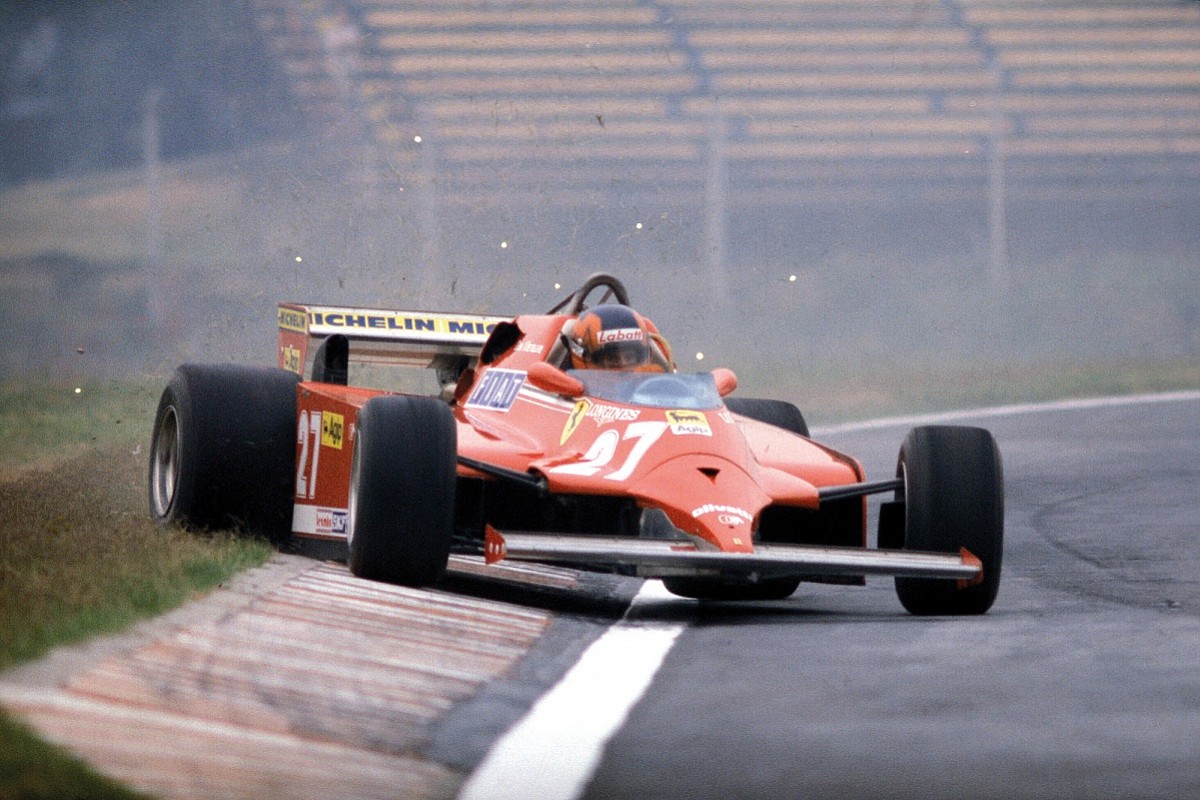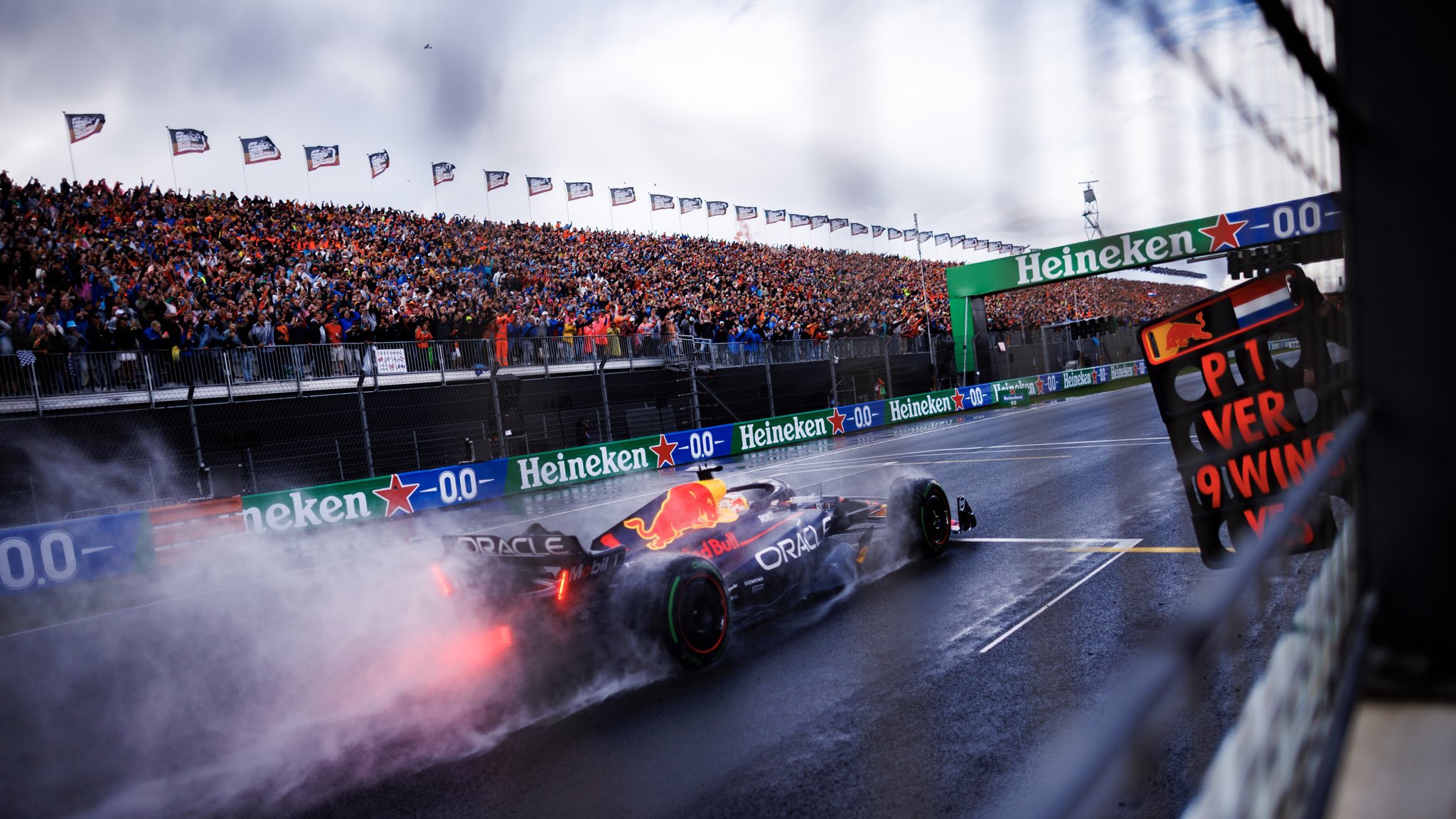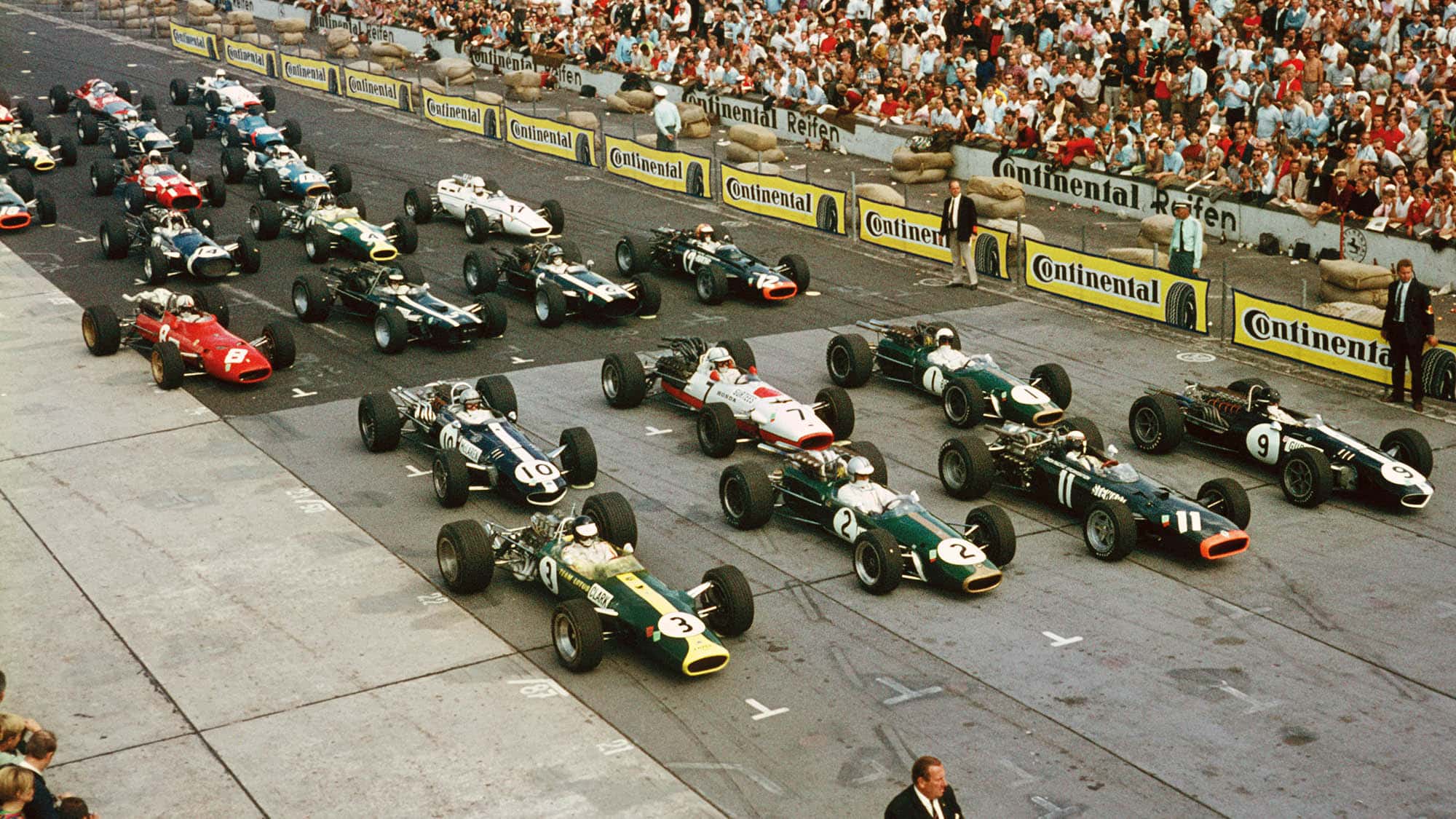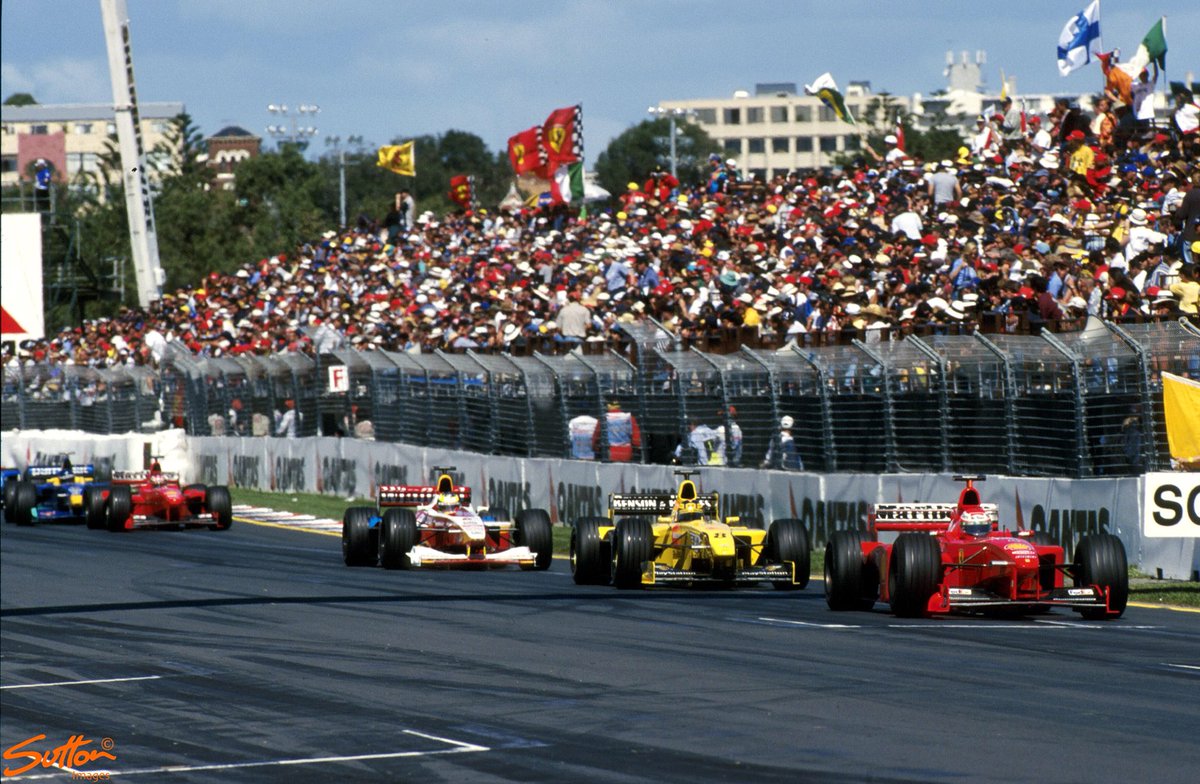That's the very bad thing of tight and restrictive regulations.
- Login or Register
No account yet? Sign up
There's interesting contrast here in suspension geometry between the two chassis.vorticism wrote: ↑11 Sep 2023, 16:03https://cdn-5.motorsport.com/images/mgl ... max-1.webp
Correct me if I'm wrong... RB usually run a flatter main chord RW with a tall flap? For DRS. Here it's reversed, and Ferrari have the flat main plane and tall flap. Or do I have that reversed? Granted it's Monza so very different wings all around.
As for FWs, are we noticing design convergence? -especially here at Monza. I can barely tell the difference between teams.
The most noticeable one for me is that the RB arms droop, and the Ferrari's do the opposite, bucking conventions of that past couple decades. The RB19 will gain track width through wheel travel while the Ferrari will lose it.Farnborough wrote: ↑12 Sep 2023, 09:38There's interesting contrast here in suspension geometry between the two chassis.
Note that only the front arms on the RB droop, the rear arms are the opposite due to the anti dive geometry. On average they do not droop it seems.vorticism wrote: ↑12 Sep 2023, 15:53Farnborough wrote: ↑12 Sep 2023, 09:38There's interesting contrast here in suspension geometry between the two chassis.
The most noticeable one for me is that the RB arms droop, and the Ferrari's do the opposite, bucking conventions of that past couple decades. The RB19 will gain track width through wheel travel while the Ferrari will lose it.
Neither tell the full story and the arm ultimately is planar. Track gain would depend on how far the inboard pivot axis of the arm is positioned beyond a normal/perpendicular of the wheel, regardless of fore-aft inclination (what's being called antidive). BTW not saying this is of benefit, just observing a side effect of how the arm is arranged.
How so?
Cornering the outer wheel will carry more lateral load (wouldn't it?) than the inner wheel. With the arms at a downward angle a (compression) lateral load will result in an upward component in the outer arm and thus lift the nose. Tension in the inner arms will negate that but not fully if it is a smaller load.
That might be occurring in both situations given CG is below wheel centerline. Or any derivation short of angling the arms more like:TimW wrote: ↑12 Sep 2023, 23:25
Cornering the outer wheel will carry more lateral load (wouldn't it?) than the inner wheel. With the arms at a downward angle a (compression) lateral load will result in an upward component in the outer arm and thus lift the nose. Tension in the inner arms will negate that but not fully if it is a smaller load.








I've also thought about it for some time now. It has quite an aggressive anhedral angle. The outwashing feature aren't present on the flaps but the endplates have quite a drastic outwasing twist to them. More than any other team. Now to my knowledge this will also increase the diveplane span because the endplate and diveplane reg box intersect. Another thing I've considered is having a lower angle of attack means the upper set of elements will also run closer to the ground, increasing ground effect all whilst reducing the amount of upwash the front wing creates. Therefore it should be easier for them to direct that air into the SP undercut and onto leading edge of the floorVanja #66 wrote: ↑11 Oct 2023, 19:21Been meaning to write this for a while and this comparison is a good time - RB19 front wing is seriously underestimated. Smallest endplates of the field, smallest frontal area, not very aggressive flap angles, seemingly very poor outwash features, there's a lot of factors that point to it being fairly "weak" - but in fact the car is perfectly balanced for a driver with maybe the biggest oversteer preference on the grid. Not to mention that it conditions the air for downstream bodywork in a very fine manner being seemingly "weak" and yet again - the car is almost always balanced perfectly.


Some nice bulge in the same region from the new AMR design too.. It's almost like they're limited by a SIS tube, but I guess it's about tradeoff between waterslides and the undercut hereVanja #66 wrote: ↑20 Oct 2023, 18:14When did we become such literal thinkers on this forum?
I wasn't talking about the presence of the bulge, but rather it's purpose which is the same as the outboard outwash bulge on the RB. RB bulge is further back and far more subtle, Ferrari had to make due with SIS tube and did the best they could. New Haas design does not pronounce it, I guess because the bubble which is there makes it impossible to achieve the optimal pressure and flow field.
https://i.ibb.co/cFYrmNB/haas-evo-2023.jpg
The yellow circle on top is where the sidepods are widest on both cars. It is just above the undercut, making sure the benefit of both features is optimal.
The yellow curve on bottom is where this point is on RB19, circled in green. Purple circle is where Haas and Ferrari are widest. This shape suggest slightly bigger pressurisation in this area than RB, however this does not meant the outwash is stronger or better, but it almost certainly means the drag generated is ever so slightly higher.
